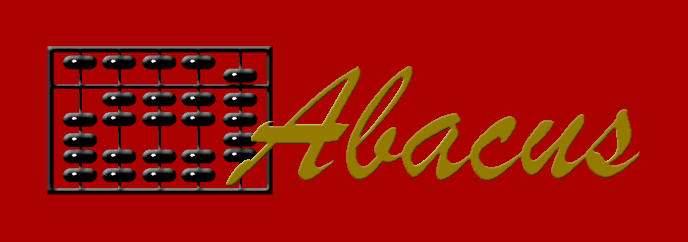
Services

This book is intended for students who have been studying English for years but want to augment their vocabulary and improve their writing style, possibly for an impending examination such as new SAT.
Introduction
The ability to express thoughts clearly, coherently, and persuasively is an essential skill in college, in the workplace, and indeed anywhere in the modern world. Even those whose role in society requires little or no communications skills will benefit occasionally from the ability to describe an event and write a convincing letter or, failing that, will suffer from the inability to do so at the hands of those who can.
Before the new SAT I examination in spring 2005 with its writing and language usage sections, the SAT I tested only reading comprehension and a passive knowledge of conceptual vocabulary. These added features test the student's active English vocabulary and usage, together with critical thinking, analytical, and creative skills. While this fact tends to evoke fear in many, it should also be seen as an opportunity, a chance to demonstrate and display those skills that cannot be measured by the presence or absence of pencil blips in columns and rows on an exam form.
The chapters here presented were written as weekly exercises for an English usage/SAT/vocabulary course for homeschooling students at Excellence in Education, the definitive homeschool resource center in Monrovia California. Material presented to students attending voluntarily, particularly those who have never been conditioned to accept unquestioningly a curriculum imposed upon them, must hold the interest and must convey useful material while the interest is there. These short chapters accomplish that by providing interesting lessons densely packed with content.
The reading selections, reading comprehension quizzes, and suggested composition topics are not intended to duplicate or imitate real SAT content. They are designed to teach, not to test, and to be accessible to students of varying ages with a wide range of learning styles. In classroom testing, they have effectively held the attention long enough to convey their highly concentrated instruction very successfully.
The College Board states in its Ten Real SATs: "The single most effective thing you can do to build your vocabulary, over time, is to read a lot" and goes on to suggest that the student confer with teachers and librarians on selecting reading material. While this is no doubt true in the larger scheme of things, one would need to read vast quantities of literature to see a significant proportion of SAT level vocabulary found in this short volume with its accelerated approach. By presenting words in meaningful context with side-by-side definitions, then adding glossaries with synonyms and word variants, reading comprehension quizzes, usage notes, and suggested writing projects, a great deal of ground is covered in a very short time. Appendices include a comprehensive glossary, parts of speech reference, verb conjugation rules, verb phrase construction rules, and a table of Greek and Latin roots, prefixes, and suffixes.
Whether language texts should prescribe ideal usage or describe prevailing usage has been long debated. The examples in this volume were created using both traditional reference works and quantitative analysis of English as it is used on the web. However, when words are considered that have found their way into common parlance due to ignorance of a more appropriate word, often through the fumbling inarticulacy of public figures, popular practice may be superseded by the more scholarly alternative.
The juxtaposition of frivolity and erudition used in these reading passages may no doubt seem incongruous and even ludicrous to some, but it seems to work well for its intended audience. Mark Philips, author of The Wizard of Oz Vocabulary Builder states "If you learn a word in context you’ll remember what it means," and rightly so. It is also true that the dictionary definition of a word frequently falls short of presenting enough information to use that word in context with confidence. The present work provides context in bite-sized portions of largely original material written specifically around the vocabulary itself. Brief enough to be easily memorized, the reading selections can be spread out, one a day, and still be completed in a reasonable period of time, or they may be consumed in a single gulp.
I would like to thank Martin and Caroline Forte of Excellence in Education for their support in the project and also Shakespeare, Monty Python, A. A. Milne, Cosgrove Hall productions, P.G. Wodehouse, Kenneth Grahame, Douglas Adams, Edward Lear, Bruce Hall, the brothers Grimm, and many others for their words, whimsy, inspiration, and/or lunacy.
To those who find omissions, oversights, or mistakes; our profound apologies. To those unable to appreciate frivolity and general silliness, our deepest sympathy.